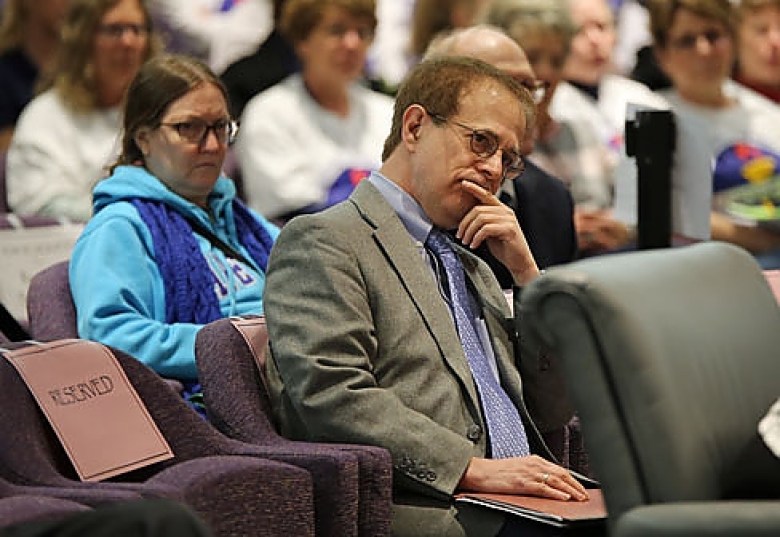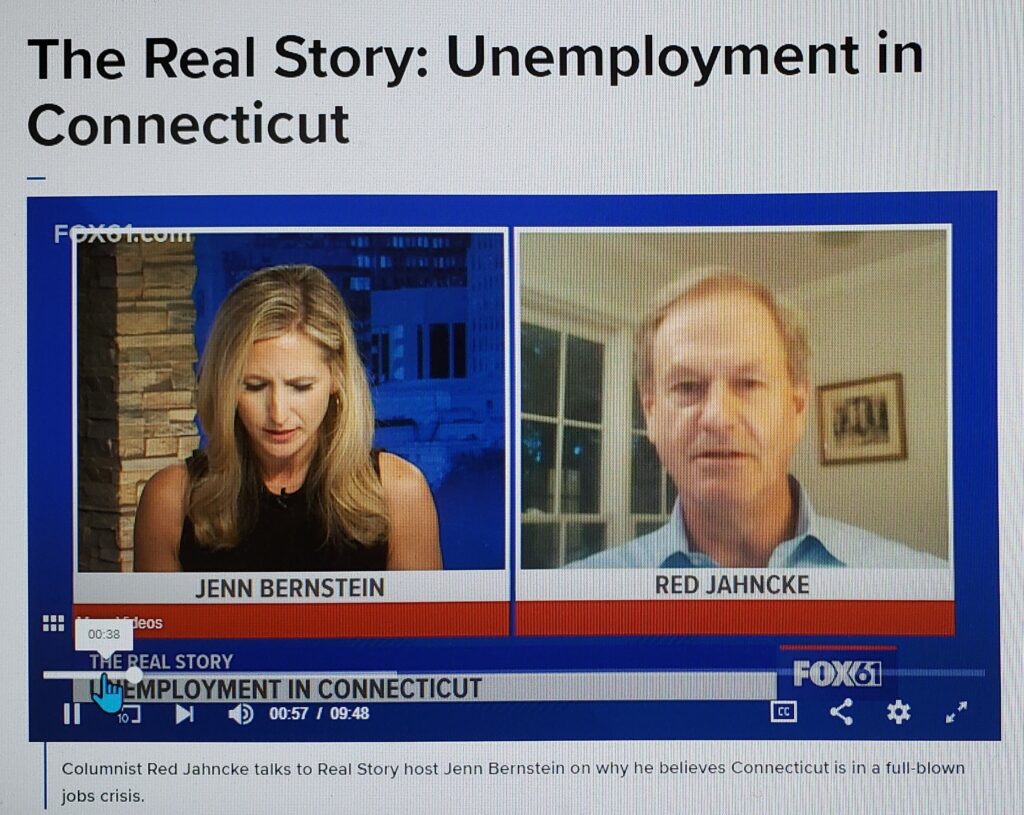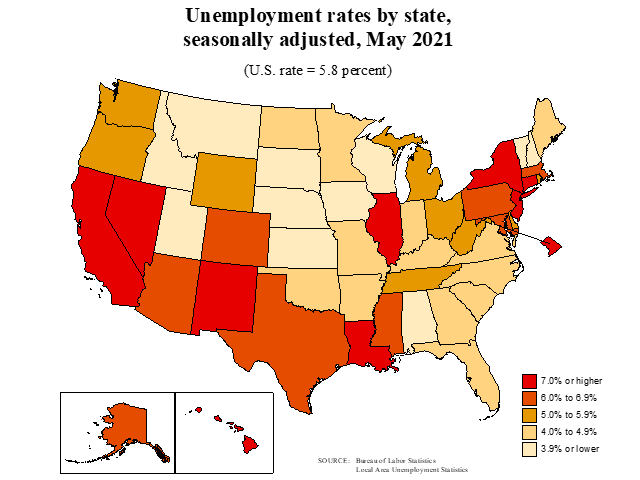Connecticut’s privileged state employees and its downtrodden private sector workers might as well occupy different planets.
Hundreds of thousands private sector workers lost their jobs during the pandemic. State workers have enjoyed a decade-long no-layoff guarantee, so not one was thrown out of work.
While private sector workers struggled to get by during the pandemic, state workers got two 5.5% pay raises, one eight months before and the second four months into the pandemic.

Local police and firefighters and predominantly private sector health care workers manned the frontline jobs during the pandemic, as did essential retail workers – in grocery stores, pharmacies, etc
Apart from our brave state police, corrections officers in prisons, staff at UConn Health Center, public transportation workers and some other areas not readily apparent, many, if not most, state workers did not face the public until last June 1st. They worked remotely or not at all.
Now, the union doesn't want at least 10,000 non-public facing office workers to have to come back as ordered by Governor Lamont effective July 1st. In early July, the union sued the state for these employees to have the right to work from home 100 percent of the time (at their own discretion), rather than the 50% provided in the contract. On Monday, Lamont caved to the union demand. Meanwhile, many businesses – not all - are calling remote workers back into offices.




















